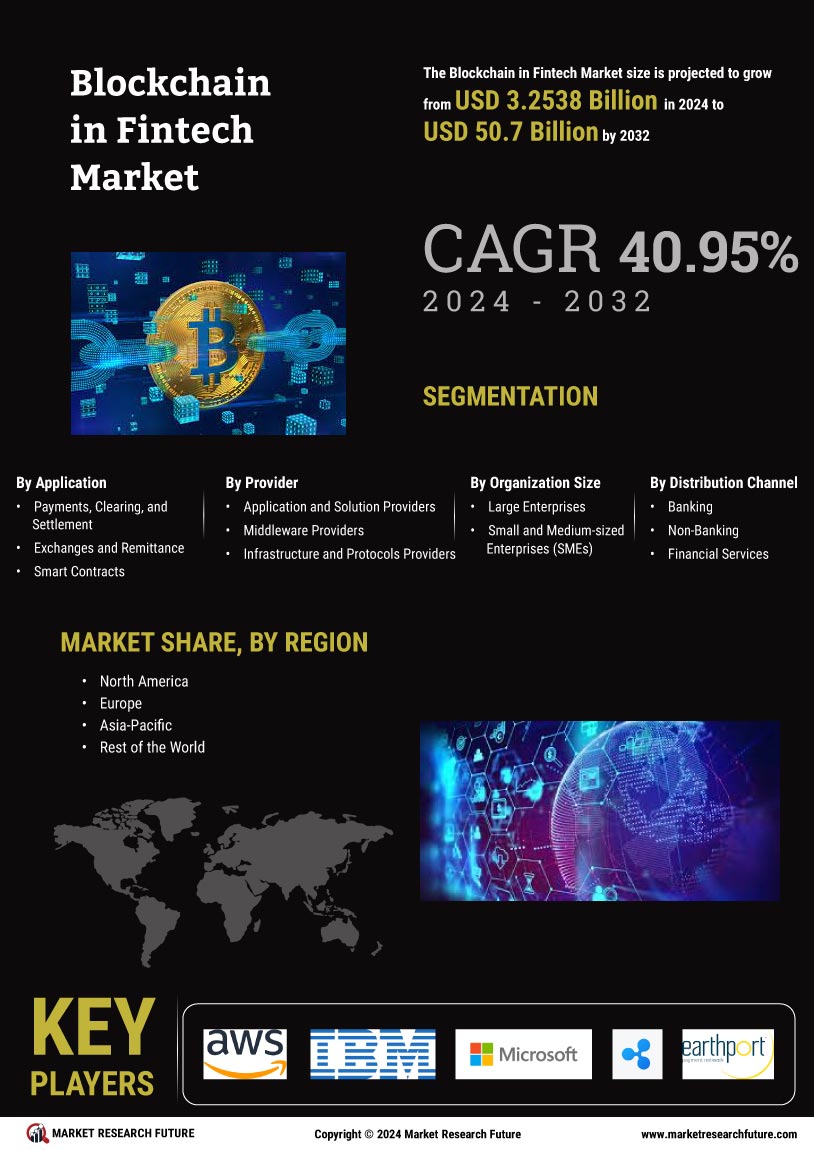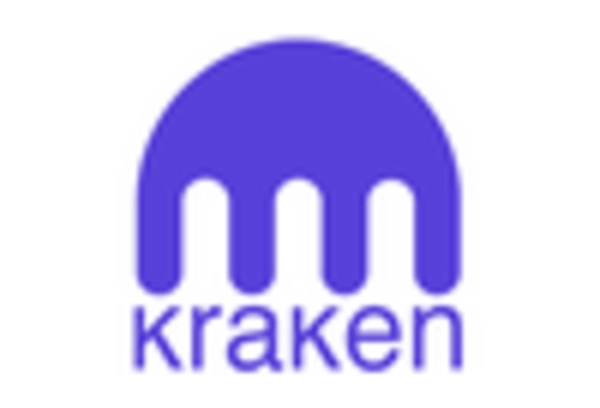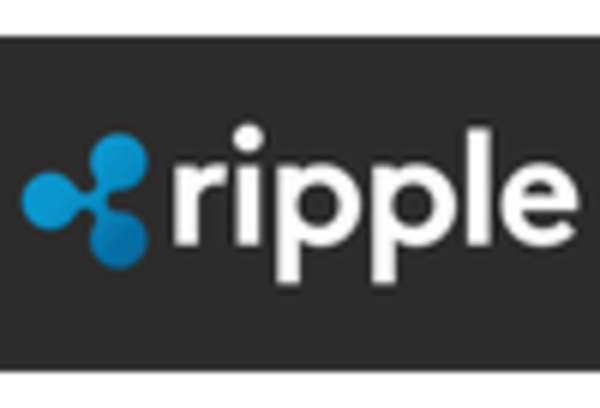Leading market players are investing greatly in research and development to increase their product lines, which will help the Blockchain in the Fintech market, grow even more. Market participants are also undertaking various strategic activities to expand their footprint, with important market developments including new product launches, contractual agreements, mergers and acquisitions, higher investments, and collaboration with other organizations. To enlarge and survive in a more competitive and rising market climate, Blockchain in Fintech industry must offer cost-effective items.
Manufacturing locally to minimize operational costs is one of the key business tactics manufacturers use in the Blockchain in Fintech industry to benefit clients and increase the market sector. In recent years, the Blockchain in Fintech industry has offered some of the most significant technological advantages.
Major players in the Blockchain in Fintech market, including AWS (US), IBM (US), Microsoft (US), Ripple (US), Chain (US), Earthport (UK), Bitfury (US), BTL Group (Canada), Oracle (US), Digital Asset Holdings (US), Circle (Ireland), Factom (US), AlphaPoint (US), Coinbase (US), Ava Labs (NewYork), and others, are attempting to rise market demand by investing in research and development operations.
Ava Labs’ improvements on Avalanche make it easier to deploy high-performance Web3 applications. The business was established by computer scientists from Cornell who joined forces with Wall Street stalwarts and pioneers of Web3 to carry out a vision for revolutionizing how people create and utilize open, permissionless networks. With Web3, Ava Labs is revolutionizing how individuals generate value. For Instance: Ava Labs, the creator of the Avalanche blockchain platform, introduced new institutional deployments to develop and improve the blockchain technology environment.
Amazon Web Services (AWS) is a subordinate of Amazon that offers metered, pay-as-you-go, on-demand cloud computing platforms and APIs to people, businesses, and governments. Clients frequently utilize this in conjunction with autoscaling. This technique enables clients to consume more computing during heavy application demand and scale down to save money during low-traffic periods.
Through AWS server farms, these cloud computing web services offer a range of services for networking, computing, storage, middleware, IoT, and other processing power, as well as software tools. Clients are relieved of administrating, scaling, and patching operating systems and hardware. For Instance: Amazon Web Services launched Ethereum on an Amazon-managed disseminated ledger. This solution assisted developers in determining Ethereum nodes without facing the difficulty of operating and setting up the infrastructure.

















Leave a Comment